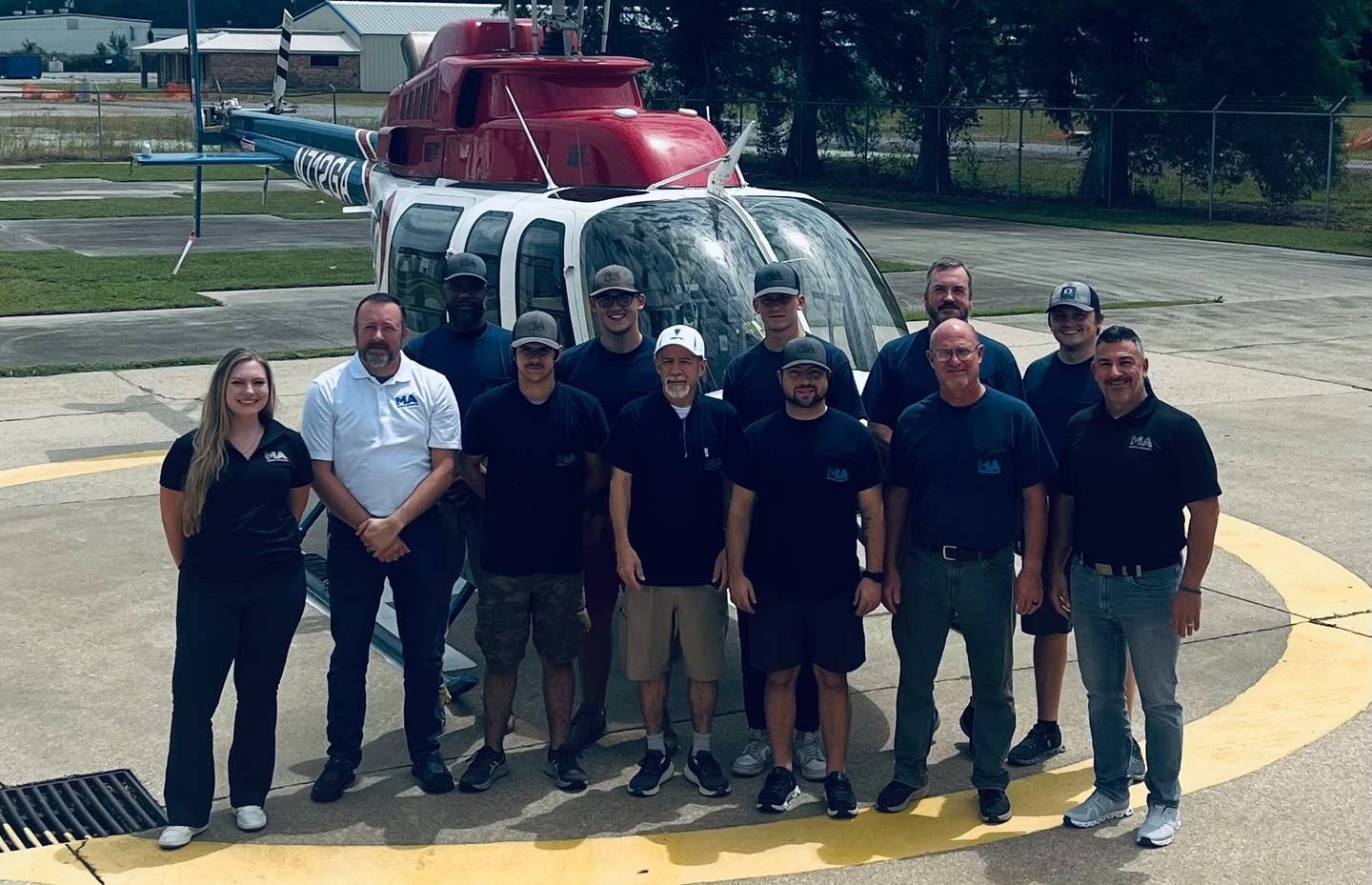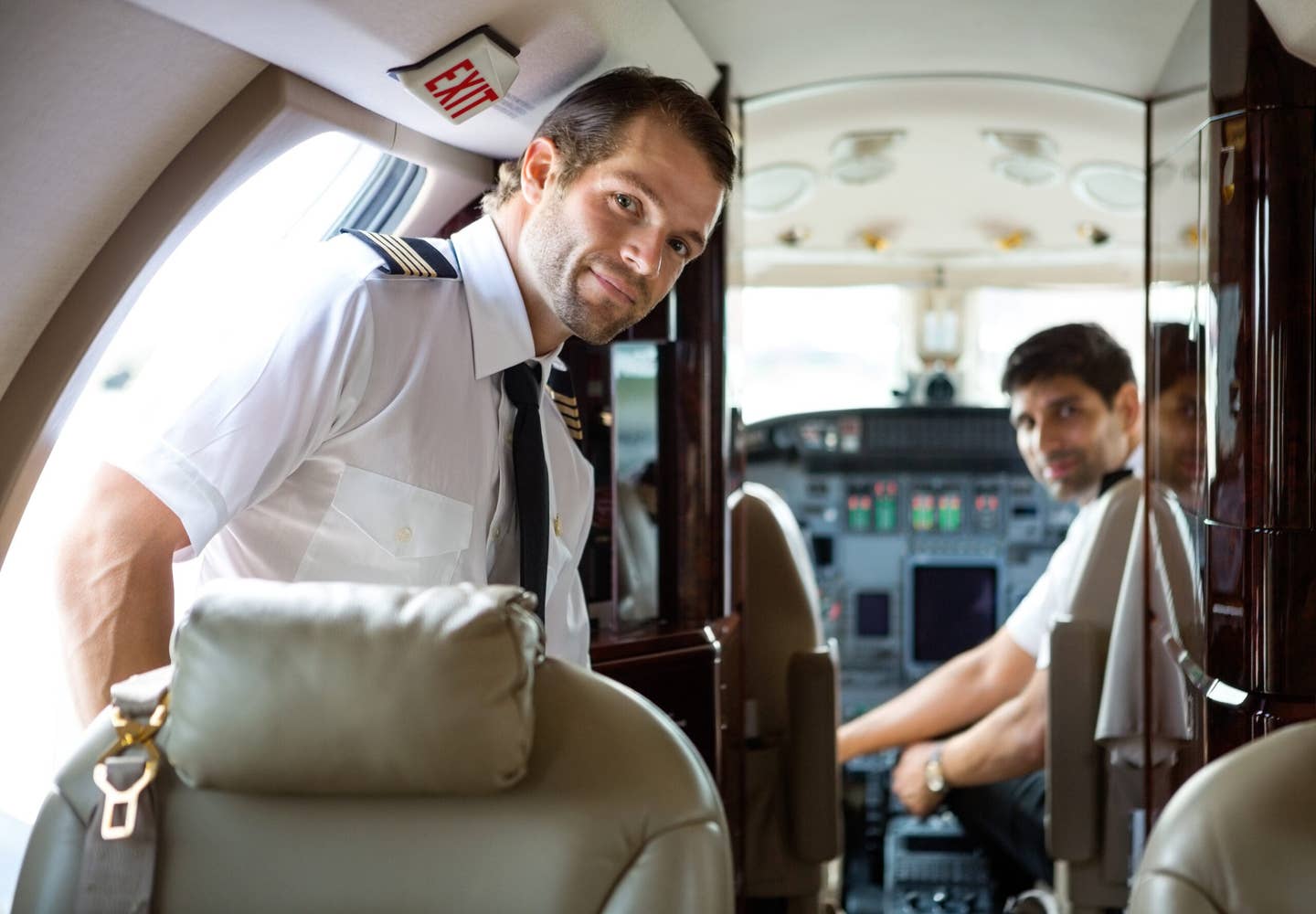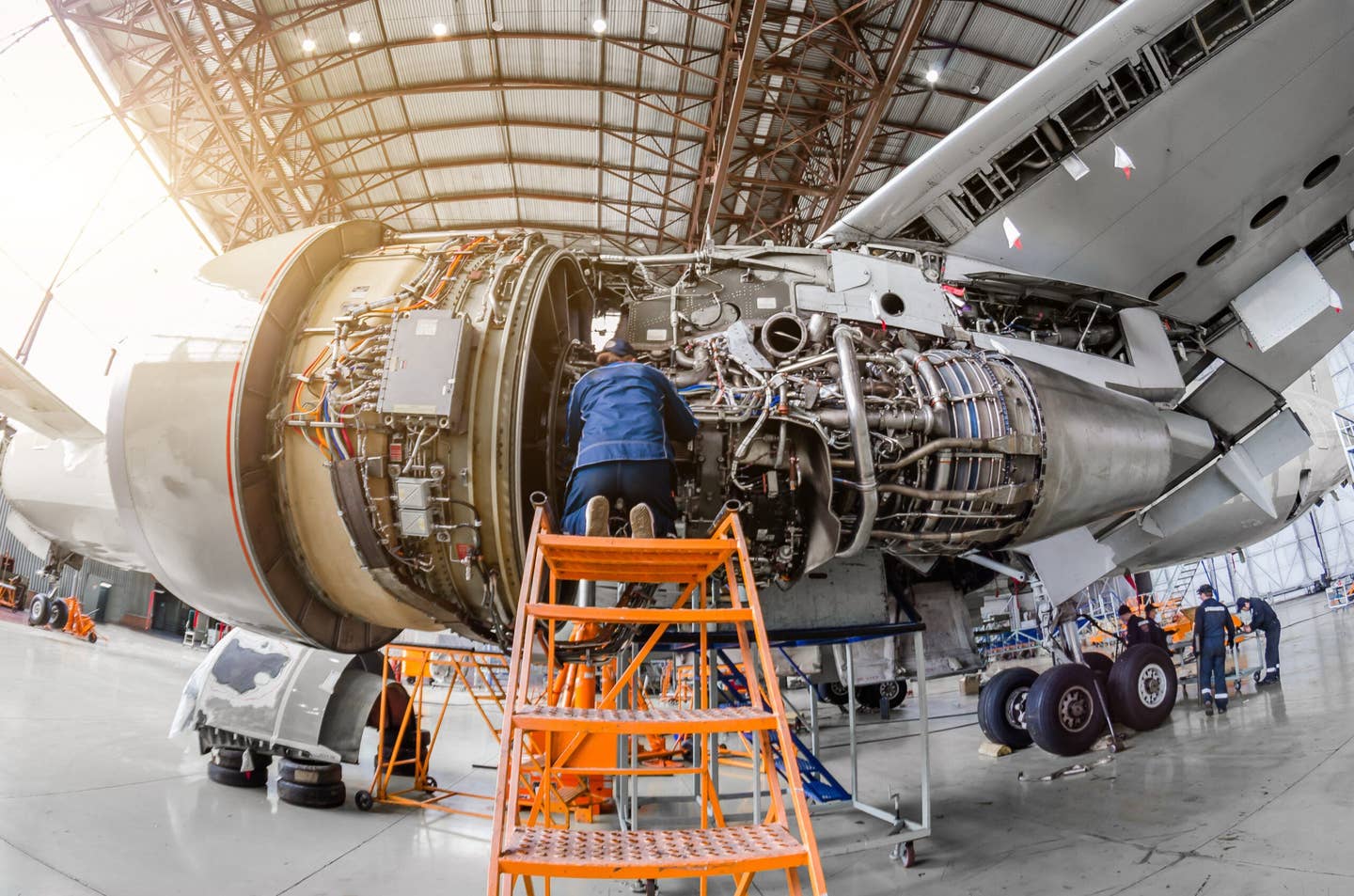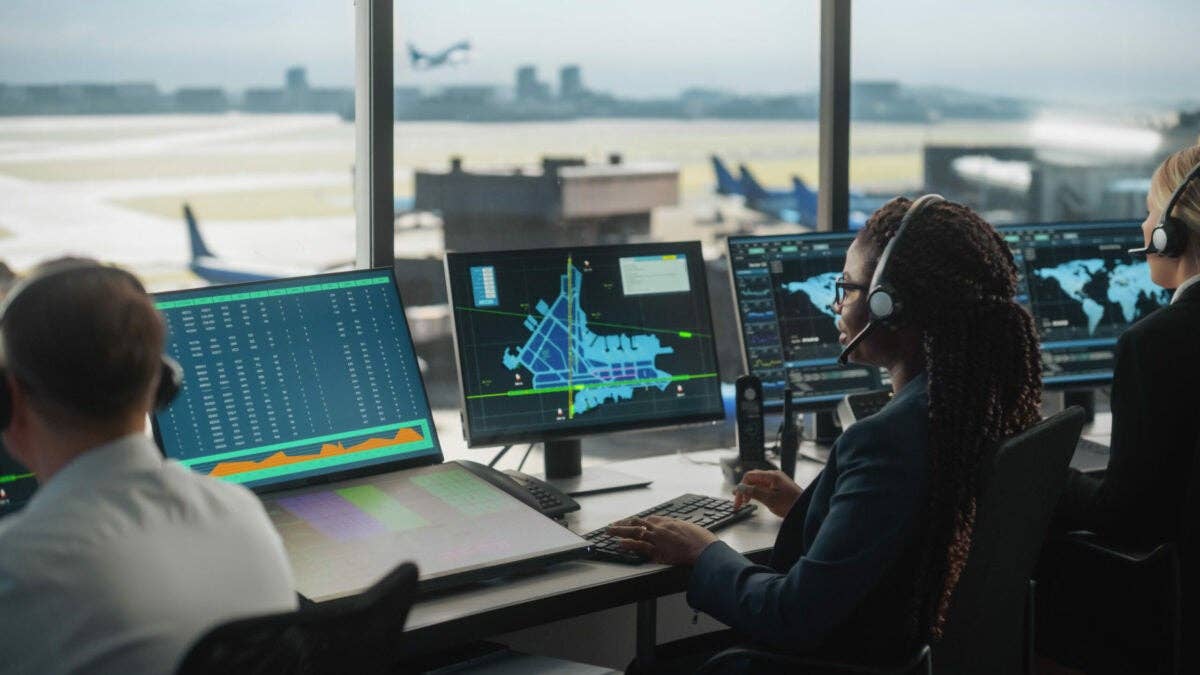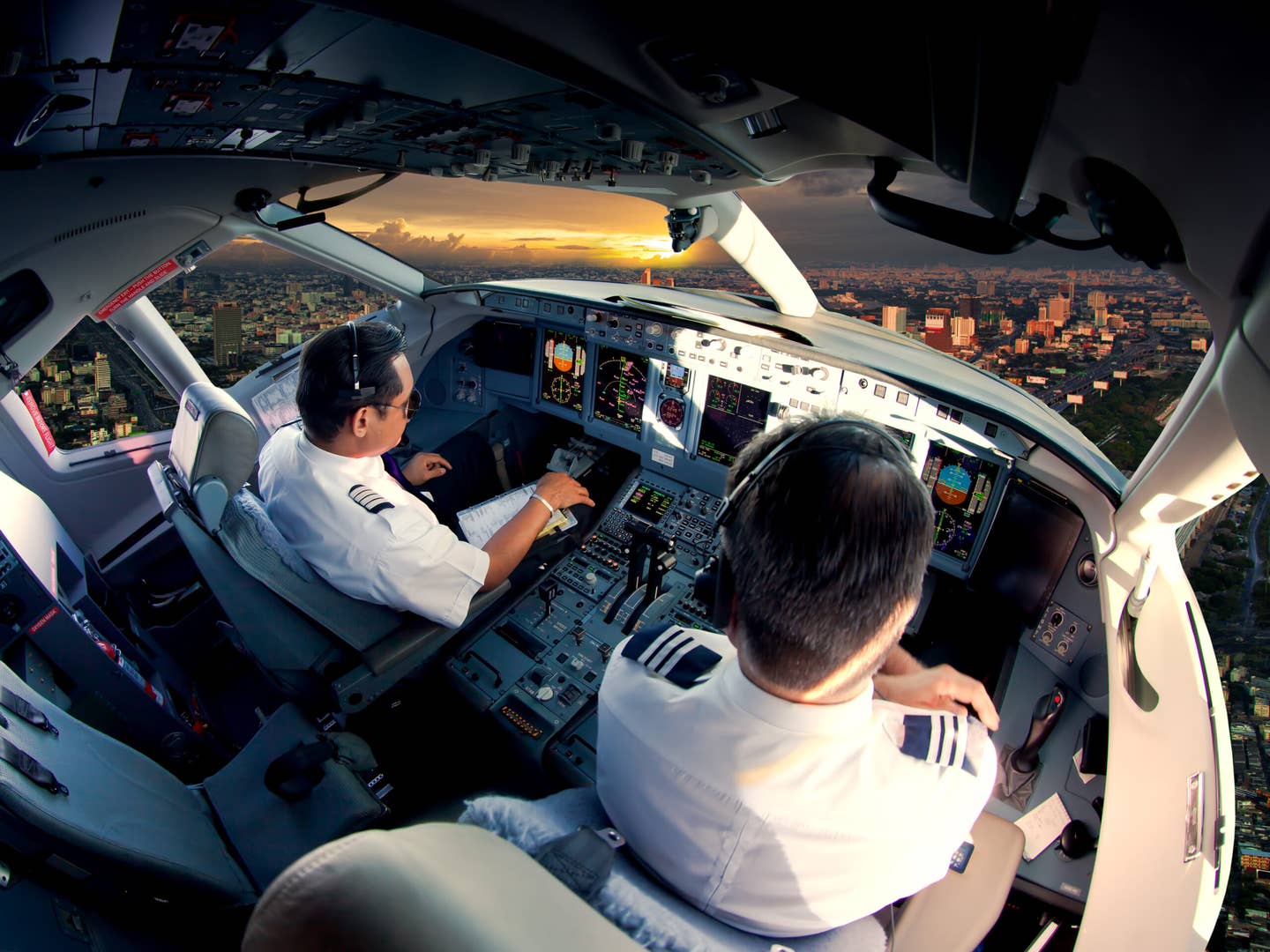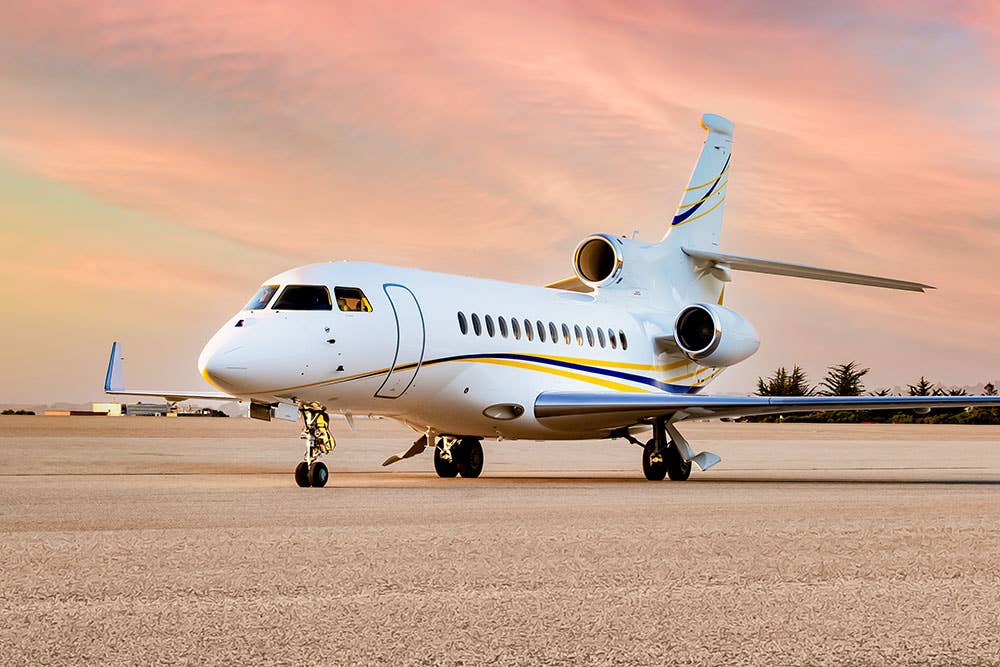
Boeing believes the industry should prepare now for the travel resurgence that’s coming. Boeing
Boeing’s latest aviation employment forecast—Pilot and Technician Outlook 2020-2039—reflects the chaos the industry is facing as it copes with the chaos surrounding COVID-19, the pandemic that has already put tens of thousands of professionals on the street, exacerbated on September 30 by the expiration of government airline payroll subsidies. The forecast includes data for commercial and business aviation, as well as the civil helicopter industries, assuming air traffic recovers to 2019 levels within the next few years.
The aerospace giant said in the report published last week that despite picking the low-hanging fruit of solutions, such as “government aid, early-retirement incentives, a reduction in labor hours and pay adjustments,” there’s still work to be done. And while a number of uncertainties could affect industry recovery, Boeing believes “the market fundamentals driving air traffic demand remain strong and we remain confident in the long-term strength of the aviation industry.”
The Outlook projects the worldwide need for “763,000 new civil aviation pilots, 739,000 new maintenance technicians and 903,000 new cabin crew members [who] will be needed to fly and maintain the global fleet over the next 20 years.” In North America, Boeing says pilot demand should total approximately 208,000, technicians 192,000 and cabin crew 169,000. According to the report: “While the current industry downturn, driven by COVID-19, has resulted in a temporary oversupply of qualified personnel, the long-term need remains robust. Analysis of new licenses and certificates issued over the past few years had indicated that the number of new personnel entering the industry was lagging demand. The short-term oversupply allows operators the opportunity to build their pipeline in anticipation of growth returning in the next few years.”
Boeing’s forecast says, “It is important to maintain a focus on recovery and ensure we have the qualified pilots, technicians and cabin crew members required for the industry to return to long-term growth trends. We believe it will take around three years for commercial air travel to return to 2019 levels. Business aviation is currently in the midst of a robust recovery. Within that time frame, existing personnel will continue to reach retirement age or leave the industry for various reasons, leaving openings that will need to be filled by furloughed and new aviators. Additionally, as airplanes are brought out of storage, thousands of labor hours will need to be spent to ensure proper maintenance has been performed, parts are in working condition and airplanes are airworthy, requiring the expertise of skilled maintenance technicians. Cabin crews, whose primary purpose has always been to ensure the safety of passengers, are playing a critical role in industry recovery by taking the precautions necessary to strengthen traveler confidence and ensure a high level of sanitation in the cabin. As the aviation industry returns to growth, new qualified personnel will continue to be in demand to support fleet growth.”

Subscribe to Our Newsletter
Get the latest FLYING stories delivered directly to your inbox

